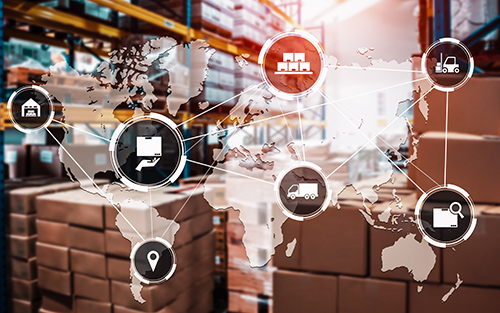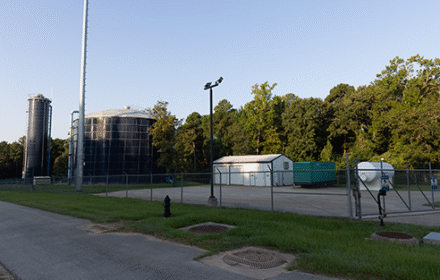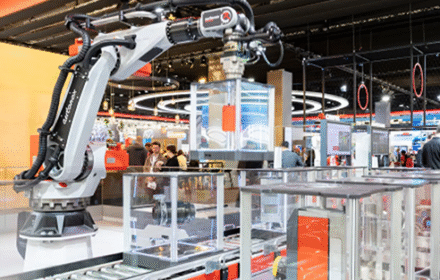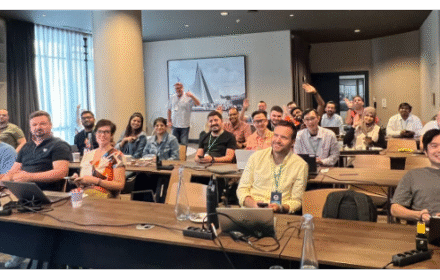
AI and Human Collaboration Revolutionize Supply Chain Automation
Traditional Supply Chain Planning Challenges
Traditional supply chain planning relies heavily on manual processes. Human planners use historical data and assumptions for forecasting. This approach requires extensive time and manual intervention. Consequently, it often produces results that deviate from actual outcomes.
AI Transformation in Industrial Automation
Artificial intelligence is revolutionizing supply chain management. Modern ERP systems now incorporate AI-powered planning tools. These tools process vast datasets in real-time. Therefore, they identify patterns that humans might miss completely.
Enhanced Forecasting with Machine Learning
AI-driven models significantly improve demand forecasting accuracy. They analyze multiple data sources simultaneously.
- Historical sales data and market trends
- Real-time customer behavior patterns
- External factors and geopolitical events
- Seasonal variations and promotional impacts
According to Gartner, AI implementation reduces forecasting errors by up to 50%.
Human Expertise in AI-Driven Systems
Human oversight remains crucial in automated supply chains. Planners provide essential context and strategic thinking. They interpret AI recommendations based on practical experience. This collaboration ensures balanced and effective decision-making.
Industry 4.0 Integration Opportunities
AI connects seamlessly with Industry 4.0 technologies. IoT sensors and PLC systems generate valuable operational data. This data feeds into AI algorithms for continuous optimization. As a result, factories achieve synchronized planning across all operations.
Practical AI Applications in Supply Chain
AI addresses chronic supply chain problems effectively.
- Demand sensing identifies subtle market shifts
- Multi-echelon inventory optimization (MEIO)
- Automated what-if scenario analysis
- Real-time exception monitoring and alerts
These applications help manufacturers focus on critical variables.
Implementation Strategy for Success
Successful AI integration requires careful planning. Companies should start with pilot projects in specific areas. They need to ensure data quality and system compatibility. Moreover, staff training is essential for adoption and optimal use.
Author’s Insight: Automation Engineering Perspective
By World of PLC
The integration of AI with industrial automation represents the next evolution in smart manufacturing. While AI algorithms optimize high-level planning, the execution still depends on reliable control systems including PLCs and DCS. The true power emerges when AI-driven forecasts directly influence production scheduling and inventory management through integrated automation systems. For engineers, this means designing systems that can seamlessly connect ERP-level AI decisions with factory floor operations. Discover automation components that enable this integration at World of PLC.
Real-World Implementation Scenarios
Manufacturers achieve significant benefits through AI implementation.
- Automotive plants optimize just-in-time inventory
- Consumer goods companies improve demand forecasting
- Electronics manufacturers reduce component shortages
- Pharmaceutical companies enhance cold chain management
Each scenario demonstrates AI’s practical value in industrial settings.
Frequently Asked Questions (FAQ)
How quickly can companies see ROI from AI implementation?
Most organizations observe measurable improvements within 6-12 months. Initial benefits include reduced inventory costs and improved forecast accuracy.
What data infrastructure is needed for AI supply chain tools?
Companies need integrated data systems with clean, historical data. Cloud platforms and IoT connectivity significantly enhance AI performance.
How does AI complement existing ERP systems?
AI enhances rather than replaces ERP systems. It provides advanced analytics and automation capabilities that extend traditional ERP functionality.
Conclusion: Strategic Advantage Through Collaboration
The combination of AI and human expertise creates powerful supply chain solutions. AI handles data analysis and pattern recognition efficiently. Human planners provide strategic context and oversight. Together, they enable manufacturers to navigate volatile markets successfully.







